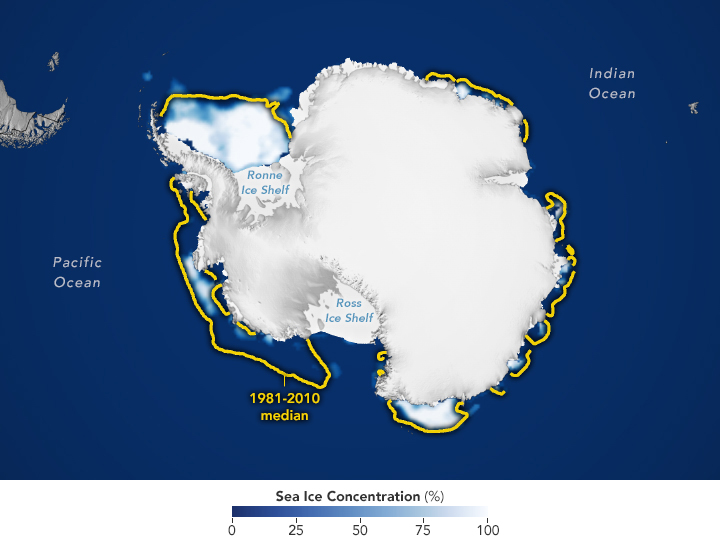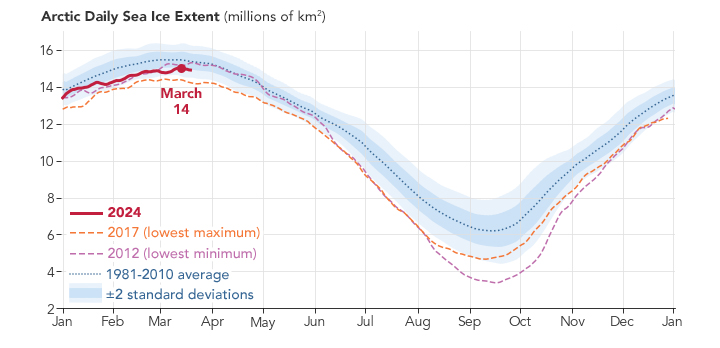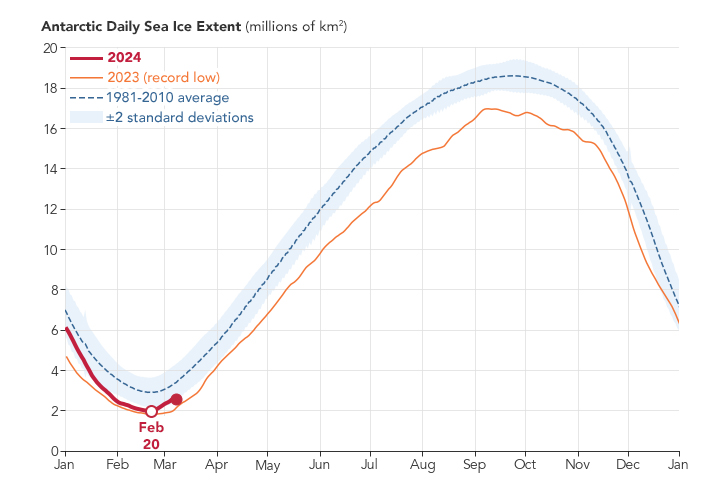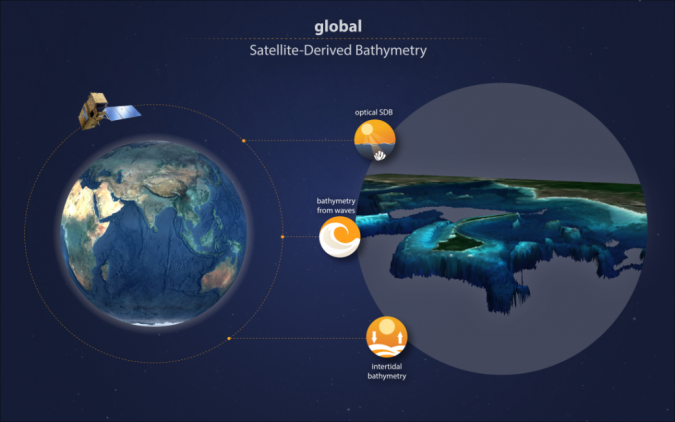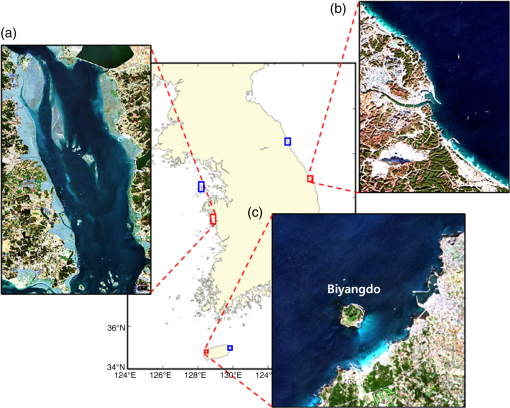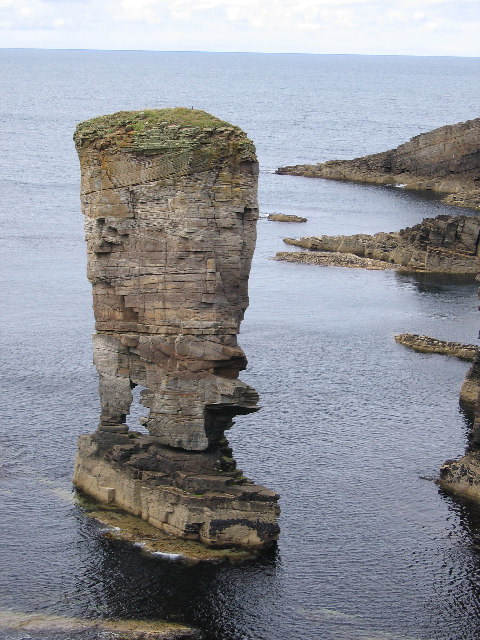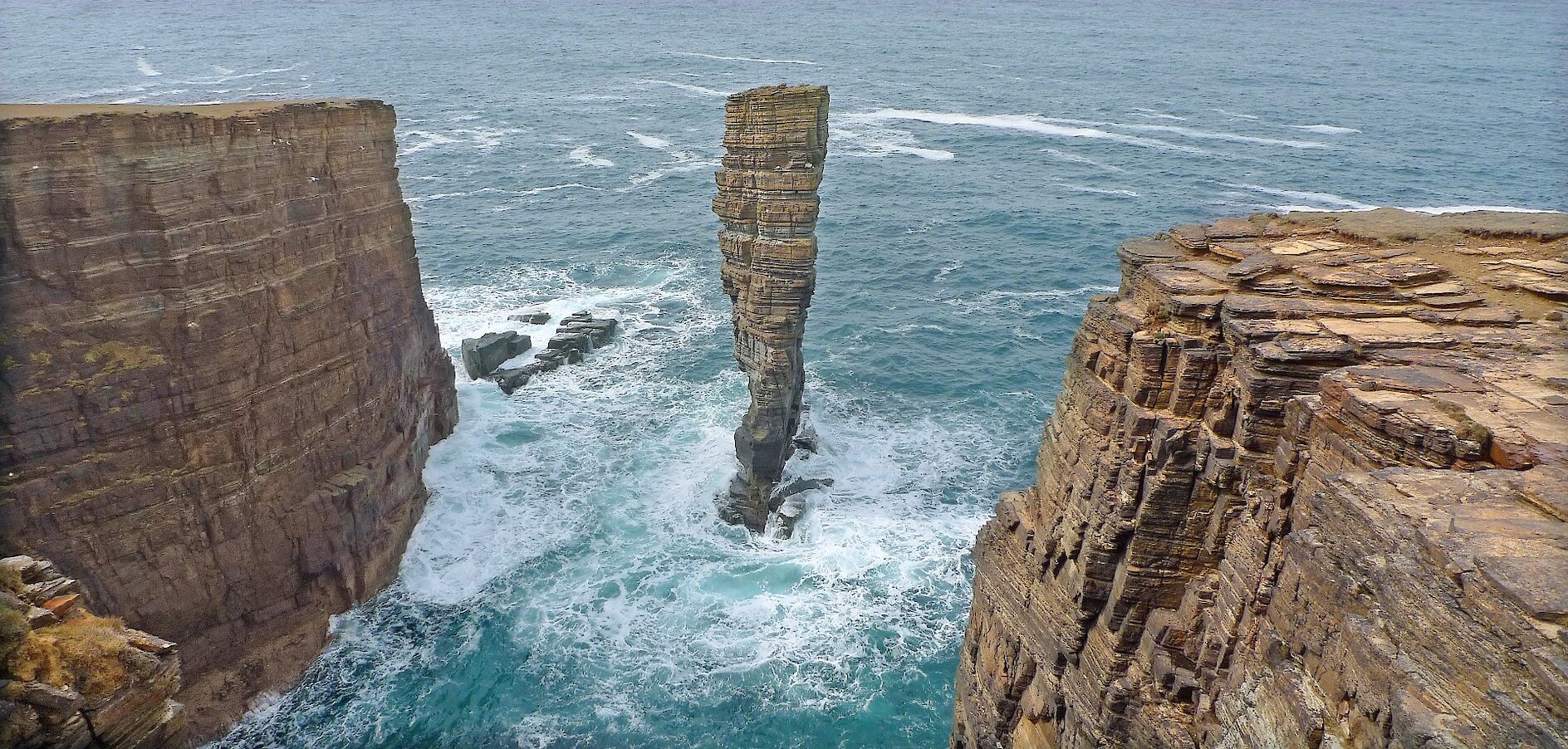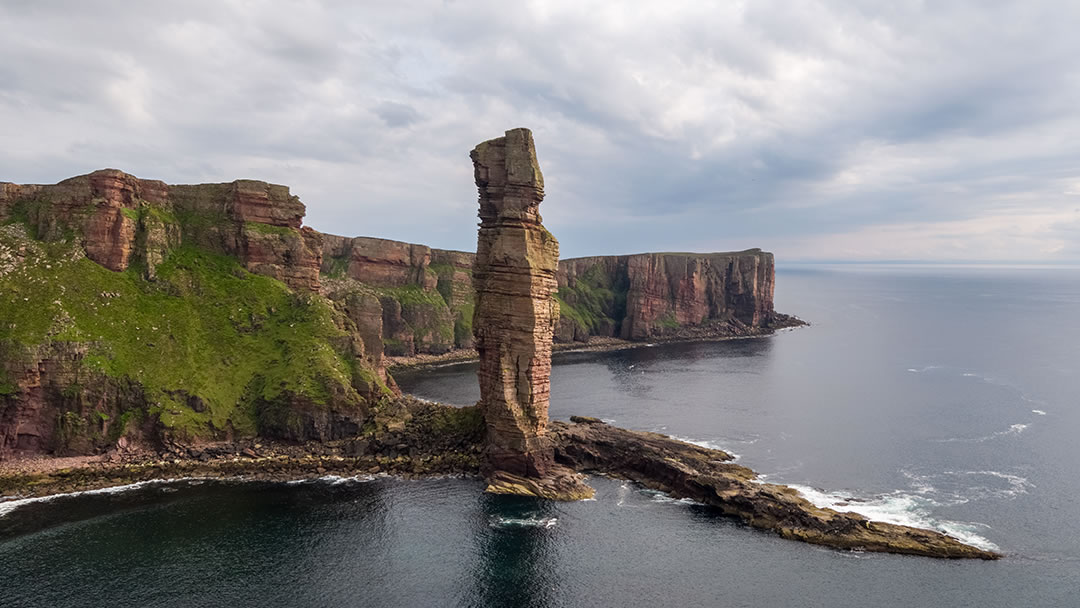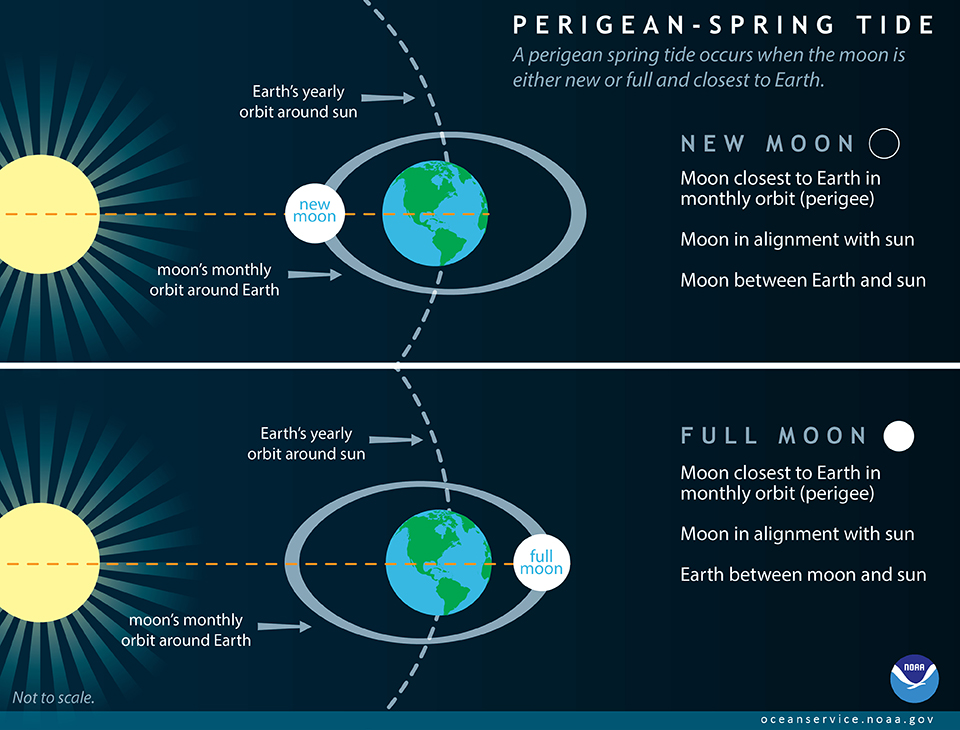
These occurrences are often called 'perigean spring tides.'
In order to understand the phenomenon called a 'perigean spring tide,' you first have to know that the gravitational pull of the moon and the sun cause tides.
Tides are actually long-period waves that roll around the planet as the ocean is 'pulled' back and forth as the moon and the sun interact with the Earth in their monthly and yearly orbits.
The next thing you need to know is that the moon follows an elliptical path around the Earth in its monthly orbit, and the Earth follows an elliptical path in its yearly orbit around the sun.
This means that, at times, the moon and the sun are closer to Earth.
At other times, they are farther away.
What happens when the moon and the sun are close to the Earth? You guessed it: the gravitational pull they exert is stronger, resulting in slightly higher tides.
While both the moon and the sun influence tides, the moon plays a much larger role because it is so close to the Earth.
Its gravitational pull is about twice as strong as that of the sun.
Now consider these two cases:
The Effect of a Full or New Moon
During full or new moons — which occur when the Earth, sun, and moon are nearly in alignment — average tidal ranges are slightly larger.
This occurs twice each lunar month (about 29.5 days on average).
The moon appears new (dark) when it is between the Earth and the sun.
The moon appears full when the Earth is between the moon and the sun.
In both cases, the gravitational pull of the sun is ‘added’ to the gravitational pull of the moon on Earth, causing the oceans to bulge a bit more than usual.
This means that high tides are higher and low tides are lower than average.
These are called 'spring tides.'
There are many factors that cause the tides to be higher than what is "normally" seen from day to day.
Our monthly bulletin tells you when you may experience higher than normal high tides where you live.
We also publish annual high tide flooding reports that present a broad outlook of what to expect for a given year in terms of high tide flooding, as well as a summary of high tide flooding events for the previous calendar year.
The Effect of Perigee
Once about every 28 days, the moon reaches a 'perigee,' its closest point of approach to the Earth.
This is the point at which the gravitational pull of the moon is strongest.
During these periods there will be an increase in the average range of tides.
Conversely, about 14 days following the perigee, the moon reaches an ‘apogee’, its furthest point of approach to the Earth.
This is the point at which the gravitation pull of the moon is weakest.
During these periods there will be a decrease in the average range of tides.
What happens when a full or new moon coincides with perigee?
Full or New Moon + Perigee
Typically between 6-8 times each year, the new or full moon coincides closely in time with the perigee of the moon — the point when the moon is closest to the Earth.
These occurrences are often called 'perigean spring tides.'
It is not uncommon for high tides during a perigean spring tide to be more than a foot higher than high tides during ‘apogean spring tides’.
In places like Anchorage, Alaska, which has a tidal range over 30 feet, the difference between spring tides can be 3 feet or more at high tide!
It's also important to note that other factors influence the height of the tide as well.
Seasonal effects on mean water level and the tide, like higher water level due to the thermal expansion of warmer water, can sometimes mean that some of the highest tides of the year are not perigean spring tides.
Perigean Spring Tides and Coastal Flooding
Coastal flooding doesn't always occur whenever there is a perigean spring tide.
However, perigean spring tides combined with seasonal changes in the tide and mean sea level may cause minor coastal flooding in some low-lying areas, often referred to as “high tide flooding” or “nuisance flooding”.
Major coastal flooding typically occurs in response to strong onshore winds and barometric pressure changes from a coastal storm.
If a storm strikes during a perigean spring tide, flooding could be significantly worse than it otherwise would have been.
In some instances, perigean spring tides have coincided with a shift in offshore ocean circulation patterns and large scale shifts in wind that have resulted in unexpected coastal flooding.
It is expected that occurrences of minor high tide flooding at the times of perigean spring tides will increase even more as sea level rises relative to the land.
NOAA’s tide and tidal current predictions take into account astronomical considerations due to the position of the moon and the sun.
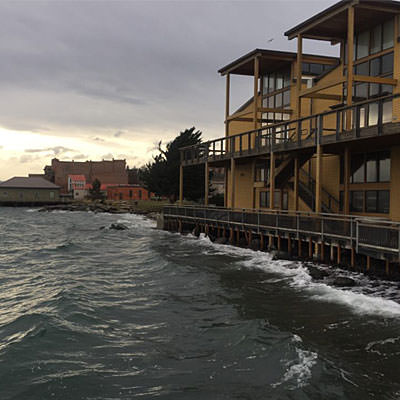

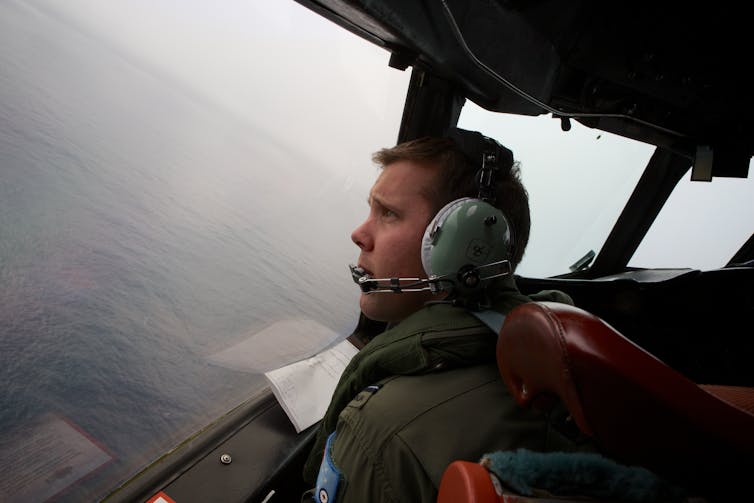 A Royal Australian Air Force flying officer looks out for signs of MH370 during a search in bad weather on 24 March 2014.
A Royal Australian Air Force flying officer looks out for signs of MH370 during a search in bad weather on 24 March 2014.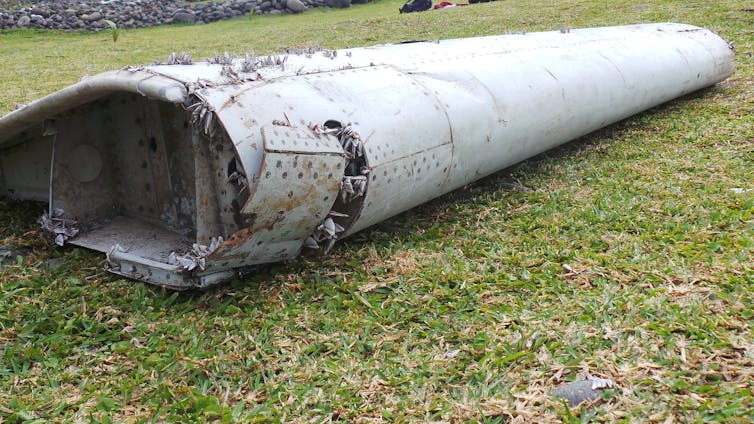 A flaperon from MH370 washed up on Reunion island in the Indian Ocean.
A flaperon from MH370 washed up on Reunion island in the Indian Ocean. Parts of the seafloor in the area where MH370 went missing are extremely rugged.
Parts of the seafloor in the area where MH370 went missing are extremely rugged.


